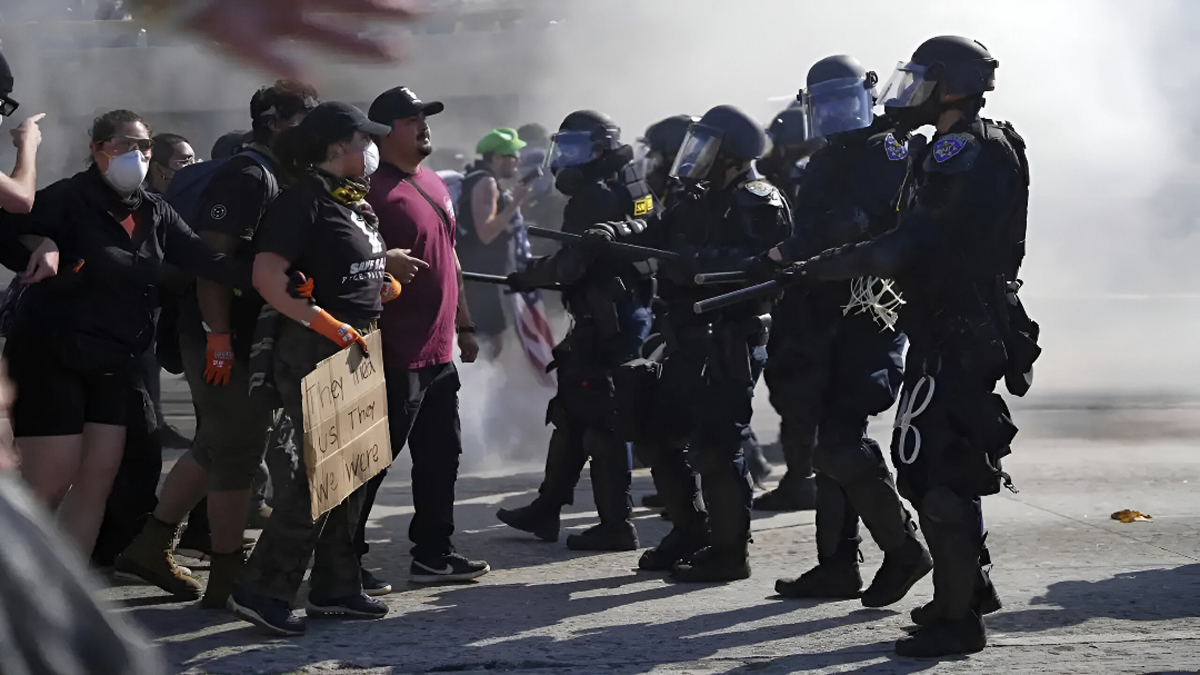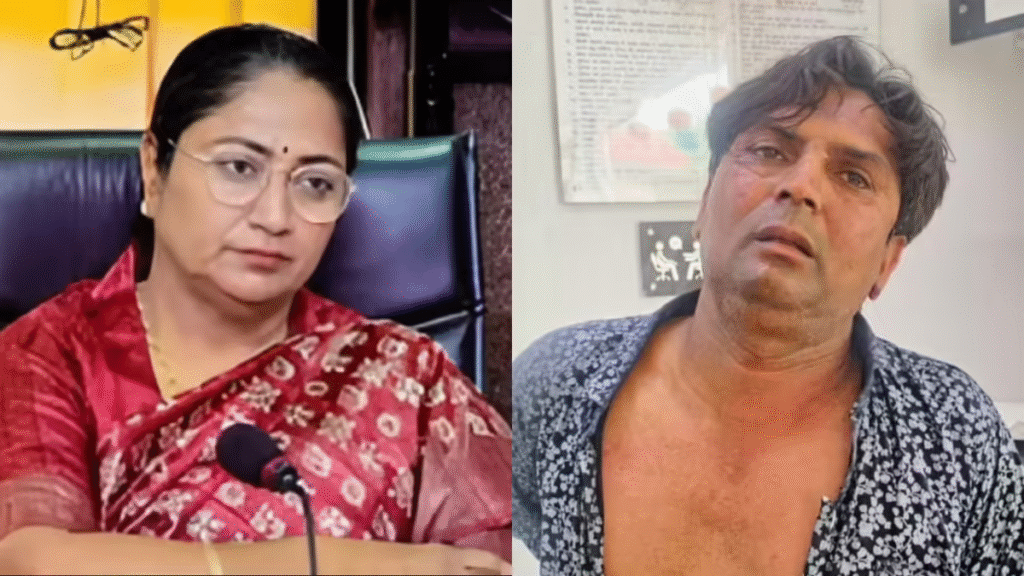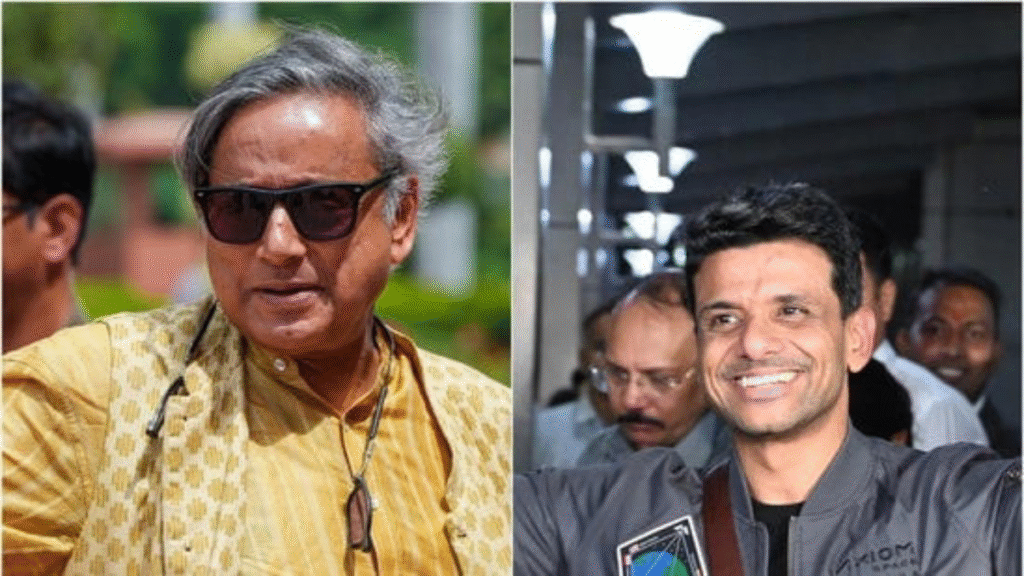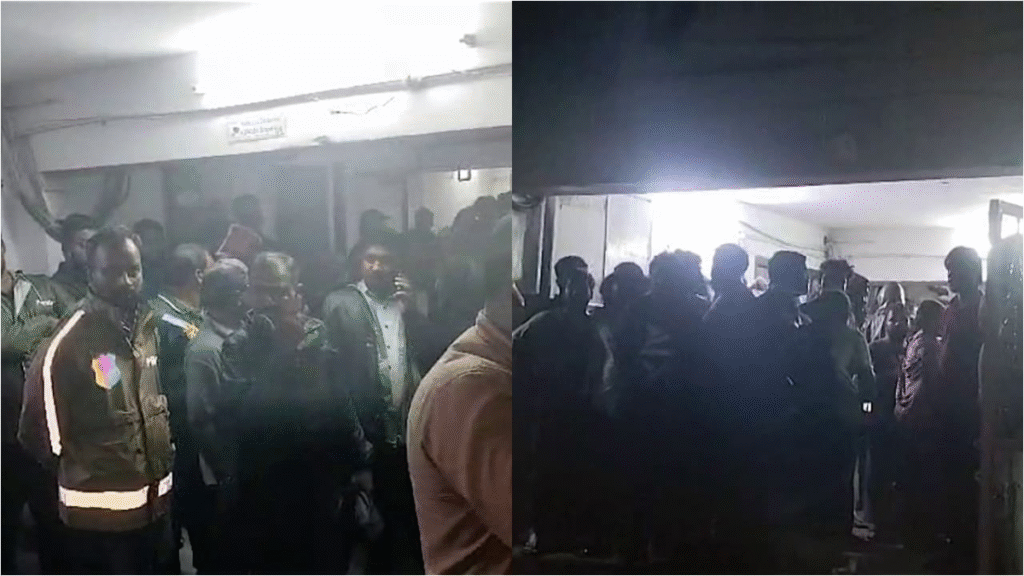Now Reading: Los Angeles Gripped by Intensifying Protests: Cars Ablaze, National Guard Deployed
-
01
Los Angeles Gripped by Intensifying Protests: Cars Ablaze, National Guard Deployed
Los Angeles Gripped by Intensifying Protests: Cars Ablaze, National Guard Deployed

Los Angeles is currently experiencing a third consecutive day of escalating protests, marked by dramatic scenes of burning vehicles and the highly controversial deployment of the U.S. National Guard. The unrest, which began following a series of federal immigration operations by Immigration and Customs Enforcement (ICE), has seen thousands take to the streets, clashing with law enforcement and transforming parts of the city into volatile zones.
The catalyst for these widespread demonstrations appears to be recent ICE raids that resulted in the detention of numerous individuals, including undocumented immigrants and those with prior criminal histories. Immigrant rights advocates and community members have voiced strong condemnation of these operations, viewing them as a direct assault on the city’s diverse population. Protests initially erupted on Friday in downtown Los Angeles, swiftly expanding to neighboring areas like Paramount and Compton by Saturday.
On Sunday, the situation reached a fever pitch. Reports and visual evidence depict multiple vehicles, including self-driving Waymo cars, engulfed in flames, contributing to plumes of smoke visible across the cityscape. Protesters also managed to block significant arteries, most notably a section of the 101 Freeway in downtown Los Angeles, causing major traffic disruptions and heightened tensions. Law enforcement, including the Los Angeles Police Department and federal agents, have responded with crowd-control munitions, tear gas, rubber bullets, and flash-bang grenades in attempts to disperse the crowds.
Adding a new and contentious layer to the unfolding events, President Donald Trump ordered the deployment of the National Guard to Los Angeles. This move, which saw approximately 300 members of the California Army National Guard’s 79th Infantry Brigade Combat Team on the ground, has been met with fierce criticism from state and local officials. California Governor Gavin Newsom and Los Angeles Mayor Karen Bass have openly opposed the deployment, with Newsom calling it a “serious breach of state sovereignty” and “purposefully inflammatory,” arguing that it risks escalating the situation rather than de-escalating it. The deployment is notable as it appears to be one of the rare instances in decades where a state’s National Guard has been activated by presidential order without the explicit request or approval of its governor.
Defense Secretary Pete Hegseth indicated that roughly 500 active-duty Marines from Twentynine Palms were also in a “prepared to deploy” status, should further augmentation be deemed necessary to protect federal property and personnel. This announcement further fueled concerns among critics who view the federal response as an overreach and a tactic designed to provoke rather than pacify.
While authorities emphasize the need to restore law and order and protect federal facilities, protesters maintain that the National Guard’s presence is primarily an intimidation tactic, asserting that the demonstrations were largely peaceful until the federal intervention. The unfolding events underscore deep-seated tensions surrounding immigration policy and the role of federal forces in local civil unrest, leaving Los Angeles on edge as the protests show no signs of abatement.










